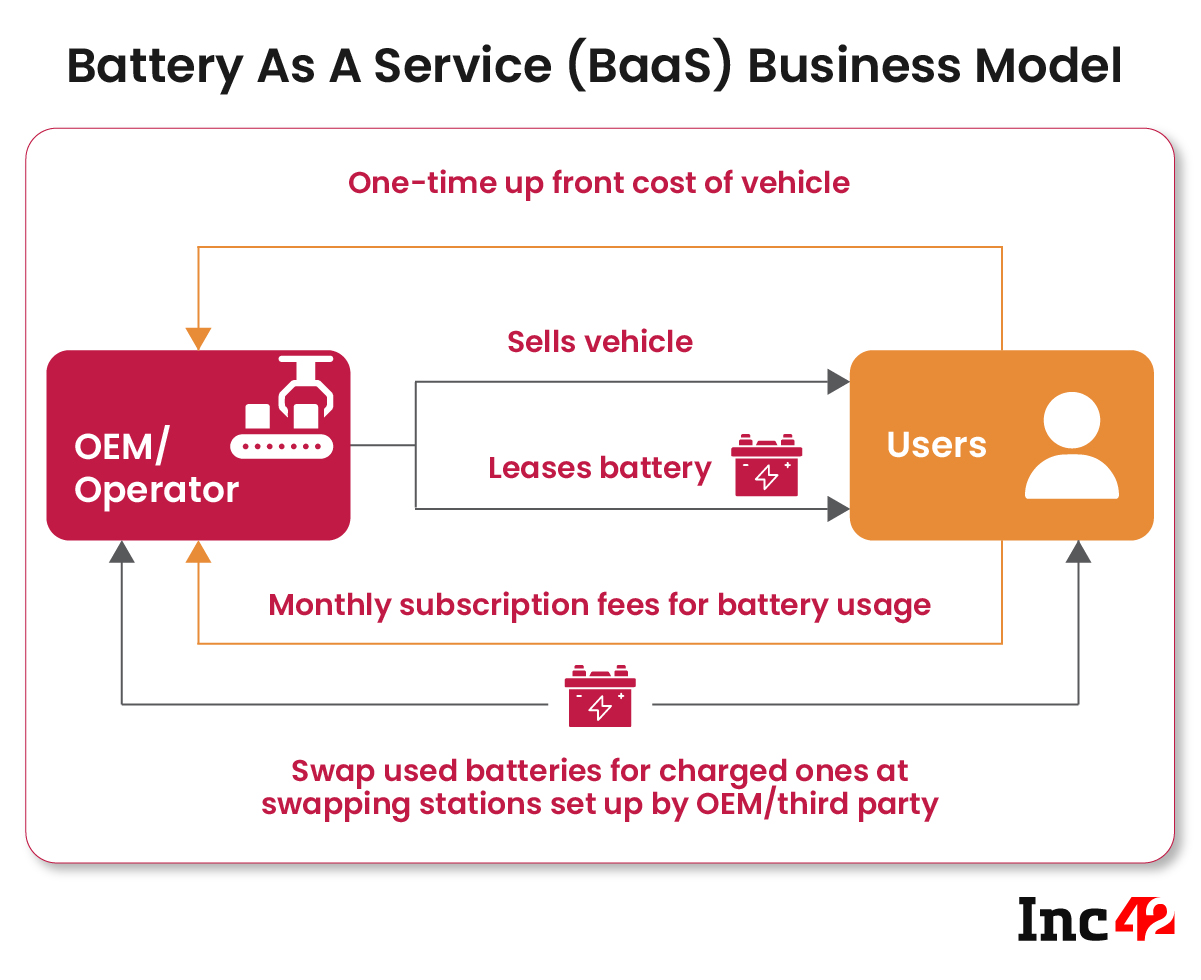The EV trend in India has been growing in the right direction, but it requires acceleration
The acceleration can be accomplished through increased financial investments and more diligently implemented policies
The policy framework should recognise and promote solutions that are more scalable, environmentally friendly, economical, or a combination of these
There are numerous reasons for advancing electric mobility, some well-known and acknowledged, others not so well-known and debated. However, the benefits far outweigh the potential drawbacks.
Sustainability
If India and the rest of the world are to meet their Paris Agreement sustainability targets, electric vehicles (EVs) will be critical. India has committed to reducing its GDP emissions intensity by 45% by 2030 and generating up to 50% of its power from non-fossil sources. As we get closer to these goals, the advantages of EVs become more apparent.
When the electricity that powers the EVs is generated by renewables such as solar, wind, or nuclear sources, the carbon footprint of the EVs is reduced across the entire energy value chain.
According to a study conducted in the context of the UK’s grid mix, a typical EV emits 3x fewer emissions than a conventional ICE vehicle over its lifetime. Conventional vehicles cannot provide a comparable benefit.
Furthermore, a significant portion of the EV carbon footprint is derived from the production of batteries at the start of the lifecycle, which can be further reduced by powering manufacturing plants with renewable energy, as demonstrated by Tesla’s Nevada Gigafactory.
When these facts are combined with the fact that EVs have much higher energy efficiency than conventional vehicles and that fossil reserves are rapidly depleting, the environmental benefits of EVs become multi-fold as we move closer to cleaner energy.
Benefits For The End User
The benefits of owning and operating an EV extend to the end user as well. While the initial cost of purchasing an EV may appear high, the total cost of ownership (purchasing and operating) can be as low as half of that of an ICE counterpart. This, of course, depends on the vehicle type and usage. End-user economics become even more viable as more innovative technological solutions, such as retrofitting ICE vehicles to convert them to electric, become more affordable at a fraction of the cost of purchasing a new EV.
Furthermore, there are long-term health risks associated with driving a noisy and vibrating ICE vehicle, which do not exist in EVs due to fewer moving parts and vibrations. Less moving parts imply less wear and tear on vehicle components, as well as fewer maintenance headaches and costs for the end user.
Underexplored Potential
While EVs have been in the mainstream for more than a decade, there are still numerous opportunities for technological and business model innovation. Mobility as a Service (MaaS) and Battery as a Service (BaaS) have accelerated the adoption of electric mobility by innovating the business model.
Technological advancements such as connected vehicles for better traffic management and road safety, or Battery-to-Grid (B2G) for better handling of grid load fluctuations, are just around the corner. All of these unexplored paths bring with them the possibility of newer and more job opportunities.

What Can Be Done To Further EV Adoption?
Funding
While EVs have recently become the buzzword, there have been few notable examples of success. Tesla’s success and proliferation can be attributed to its superior and dependable technology, the incorporation of a slew of features into the vehicle, and an extensive charging network. In other parts of Asia, a more innovative battery swapping model for two-wheelers has seen widespread adoption due to improved technology and an extensive battery swapping infrastructure.
Such an ecosystem can only be built with substantial investments in the electric mobility space from both private and public organisations, backed by appropriate policies. According to estimates, climate financing will need to increase by up to 13X globally to meet the estimated $5 Tn needed annually by 2030.
Policy
The policy framework should recognise and promote solutions that are more scalable, environmentally friendly, economical, or a combination of these. For instance, battery swapping effectively alleviates concerns about long recharging times for EVs, resulting in faster adoption rates.
Similarly, retrofitting older vehicles is a much less expensive way to transition to electric. It also has the added benefits of a lower carbon footprint from manufacturing and lower end-of-life scrappage. Add to this the fact that it replaces an existing emissions-intensive ICE vehicle rather than introducing a new vehicle on the road. Although the Delhi government has recognised retrofitting in its EV policy, it requires more impetus through subsidies across the country.
It’s not surprising that Delhi has seen 6X more EV adoption than the national average, given how well some of its forward-thinking policies have been implemented. These include policies such as waivers of road tax and registration fees, the extension of road permits for retrofitted vehicles, or cheaper and faster approvals for charging infrastructure. It is also worth noting that additional state-level subsidies provided by states such as Gujarat and Maharashtra have fueled a larger increase in EVs.
The government has certainly given EVs a boost with schemes such as FAME I & II (which is coming to an end), PLI, GST rate cuts, and a draft battery swapping policy. It must continue to do so while keeping all stakeholders in the EV industry in mind — OEMs, operators, end users, approving authorities, and so on.

Despite these efforts, India has experienced a slower EV revolution. This points to the additional focus required on establishing processes to implement these policies more effectively on the ground, increasing awareness of the benefits of EVs, and dispelling certain EV-related fears, such as battery safety. Standards like the AIS 156, which is not yet required, could hold EV manufacturers to stricter quality metrics and tests.
The EV trend in India has been growing in the right direction, but it requires more acceleration, which can be accomplished through increased financial investments and more diligently implemented policies.








